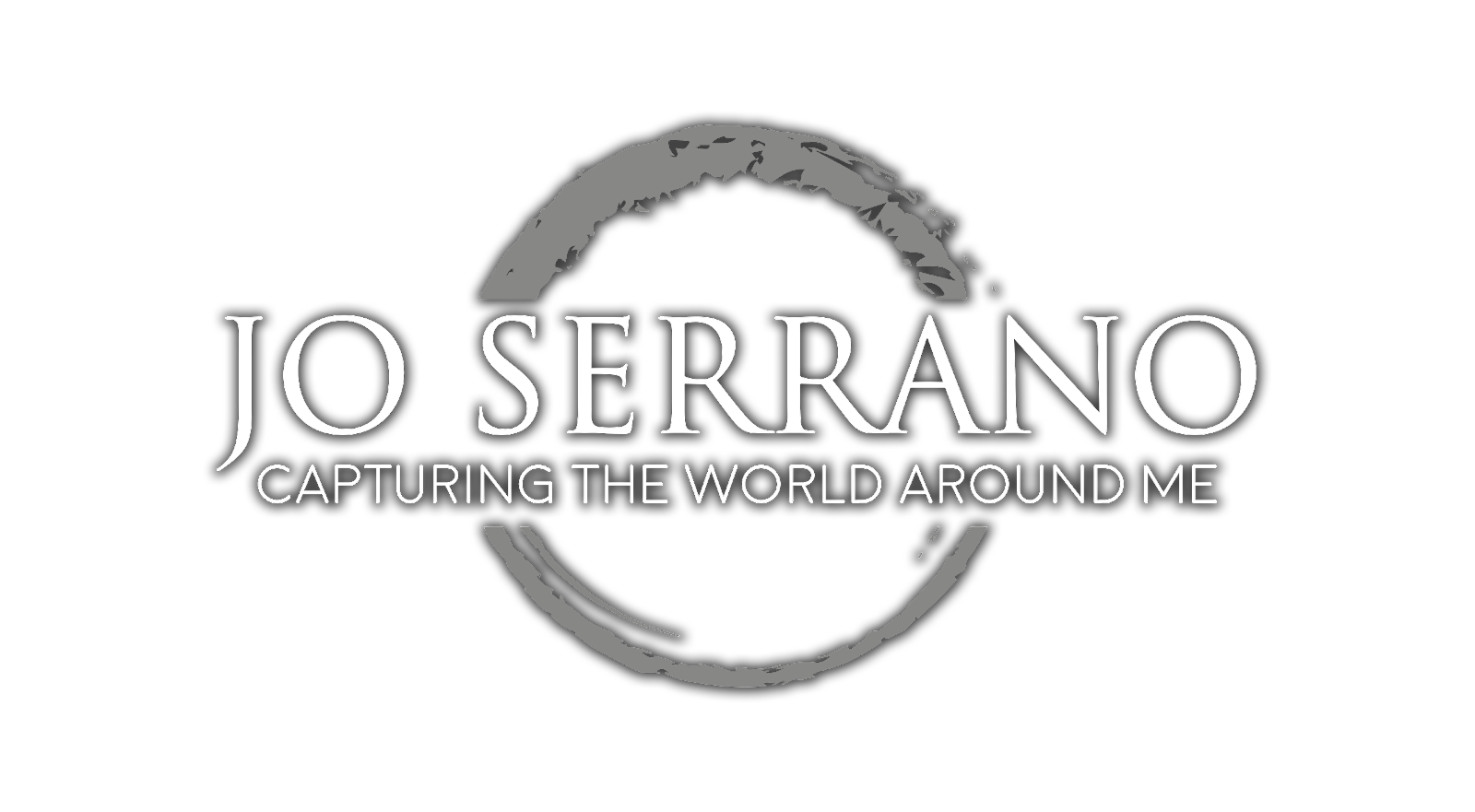No Filipino child should suffer or perish from preventable diseases when vaccines can safeguard their health.
According to the United Nations Children's Fund (UNICEF), a child who has received all recommended vaccinations is more likely to grow up healthy. Since their immune systems are still developing, young children and infants are especially vulnerable to several infections that can result in significant harm or death.
Here are some diseases, that for a time, became a distant memory because of the effectiveness of vaccines:
1. Measles
Did you know that before the measles vaccine was developed in 1963 and was widely used, significant outbreaks occurred every 2-3 years, and measles is thought to cause 2.6 million yearly deaths? Measles can be dangerous and very contagious, especially in young children.
2. Mumps
Before the development of vaccines, Mumps might lead to complications such as irreversible childhood deafness and, sometimes, encephalitis, which could, in extreme circumstances, be fatal. A person who has received the vaccine will experience the mumps less severely than someone who has not.
3. Rubella
Known as "German measles," Rubella is contagious. The virus can cause severe congenital disabilities if a pregnant woman contracts it, though the infection is often mild with a fever and rash. Before the start of the rubella immunization program in 1969, there were an estimated 12.5 million rubella cases in the United States (US) between 1964 and 1965, 11,000 pregnancies ended in stillbirth, 2,100 infants died, and 20,000 infants were born with congenital rubella syndrome (CRS) before.
Measles, Mumps, and Rubella (MMR) Vaccine
The Department of Health (DOH) urges individuals to receive the MMR vaccine for protection against measles, mumps, and rubella. Two doses of the MMR vaccination should be given to children at 9 months and 1 year old.
4. Polio
The most feared illness globally throughout the late 19th and early 20th century was polio due to frequent outbreaks. Over 2000 people died in a significant epidemic in New York City in 1916, and over 3000 killed in the biggest outbreak in the US in 1952. The oral polio vaccination offers protection against the poliovirus, which can cause paralysis of the respiratory muscles and, in extreme cases, irreversible paralysis of the limbs.
One dose each should be given at the following ages: 2 months old, 4 months old, 6 to 8 months old, and 4 to 6 years old.
5. Chickenpox
Before the development of the vaccine, the United States had a yearly rise of over 4 million cases of chickenpox, over 10,000 hospitalizations, and up to 150 fatalities. A fever and itchy, blistered skin rash are symptoms of chickenpox. There might be as many as 500 blisters on the body of a person with chickenpox. Particularly in infants, adults, and those with compromised immune systems, chickenpox can be dangerous and even fatal.
Chickenpox vaccine should be given at 12 to 15 months and 4 to 6 years old.
Every last week of April, people worldwide observe World Immunization Week. It aims to raise awareness of the importance of vaccinations and encourage their use to protect individuals of all ages from diseases.
The event also aims to drumup that vaccines are a crucial tool in protecting our little ones from serious illnesses and even death.
By getting inoculated, we can help ensure that our children grow up healthy and strong. So let's do our part to keep our kids safe and get them vaccinated.
Health centers in the Philippines offer these vaccinations FREE of charge. For details on immunization schedules, vaccination certificates, and other nutrition and growth monitoring services, stop by the health center that is most convenient for you. (PIA-NCR)
Sources: CDC.gov || NNC.gov.ph || unicef.















0 comments:
Post a Comment